Cern reveals its secrets to the public
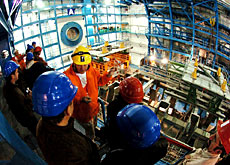
A record 30,000 people braved queues and the complex world of particle physics at the weekend to celebrate 50 years of Cern, the European Organization for Nuclear Research.
An open day at the world’s largest particle physics laboratory near Geneva saw visitors venture into areas which are normally off-limits to the public.
For half a century, Cern has been at the forefront of research on what makes the universe tick. It is also the birthplace of the World Wide Web.
On Saturday thousands made a beeline for the site at Meyrin, giving a wide range of reasons for their presence at the open day.
One woman said she wanted to see for herself what went on there, while another visitor said he was simply interested in knowing “where all the money goes”.
However, for the most part, people said they were simply curious and wanted to understand a bit more about the science at Cern.
Fortunately, around 800 Cern employees were on hand to unravel some of the fundamentals of particle physics.
Visitors were treated to special experiments, exhibitions and even theatre and music shows that set out to demonstrate the many different aspects of Cern’s work.
A big hit with the children was a demonstration of ice made from liquid oxygen, in which members of the public were invited to tread on the coldest place on earth.
“When helium and oxygen are liquid, it is even colder than at the South Pole,” said the demonstrator.
Popular
Queues of up to two hours for some events were the only downside to the day, which meant that it wasn’t possible to view everything on offer.
One of the most popular sites – with an hour’s waiting time – was the Large Hadron Collider (LHC).
Due to open in 2007, the LHC is a 30-kilometre-long circular tunnel that winds around Geneva below the surface.
It will house Cern’s most powerful particle accelerator yet and is costing SFr3.2 billion ($2.57 billion) to build.
“Here, from 2007 or 2008, proton particles will be smashed together practically at the speed of light,” explained Uwe Bratzler, a German physicist who works at Cern.
“We need this ring in order to be able to collide the particles so strongly.”
Bratzler said the experiment would hopefully help scientists understand the origins of the universe.
“When protons hit each other, a vacuum of plasma occurs whose temperature is billions of degrees, and we can hopefully find out what happened during the Big Bang, which was probably created in the same way,” he said.
This particular experiment, called Atlas, will be housed in a huge 100-metre-deep cavern.
Waste of money?
Some critics of the laboratory’s work complain that all the money ploughed into Cern should be given to other causes such as the fight against hunger or medical research.
But physicist Peter Jenni told swissinfo that Cern’s experiments were essential.
“We hope that our research can contribute to solving these problems, as has been the case with the other particle accelerators,” he said.
He added that thanks to knowledge gained at Cern, tumours could be better irradiated during treatment.
Overall the LHC and Atlas experiment are costing Cern an estimated SFr5 billion, and therefore will take up almost all of Cern’s budget until 2010.
swissinfo, Urs Maurer in Geneva
Cern, based near Geneva, opened its doors the public on Saturday.
It is celebrating its 50th anniversary.
30,000 visitors attended the event.
There were tours, presentations and a party.

In compliance with the JTI standards
More: SWI swissinfo.ch certified by the Journalism Trust Initiative

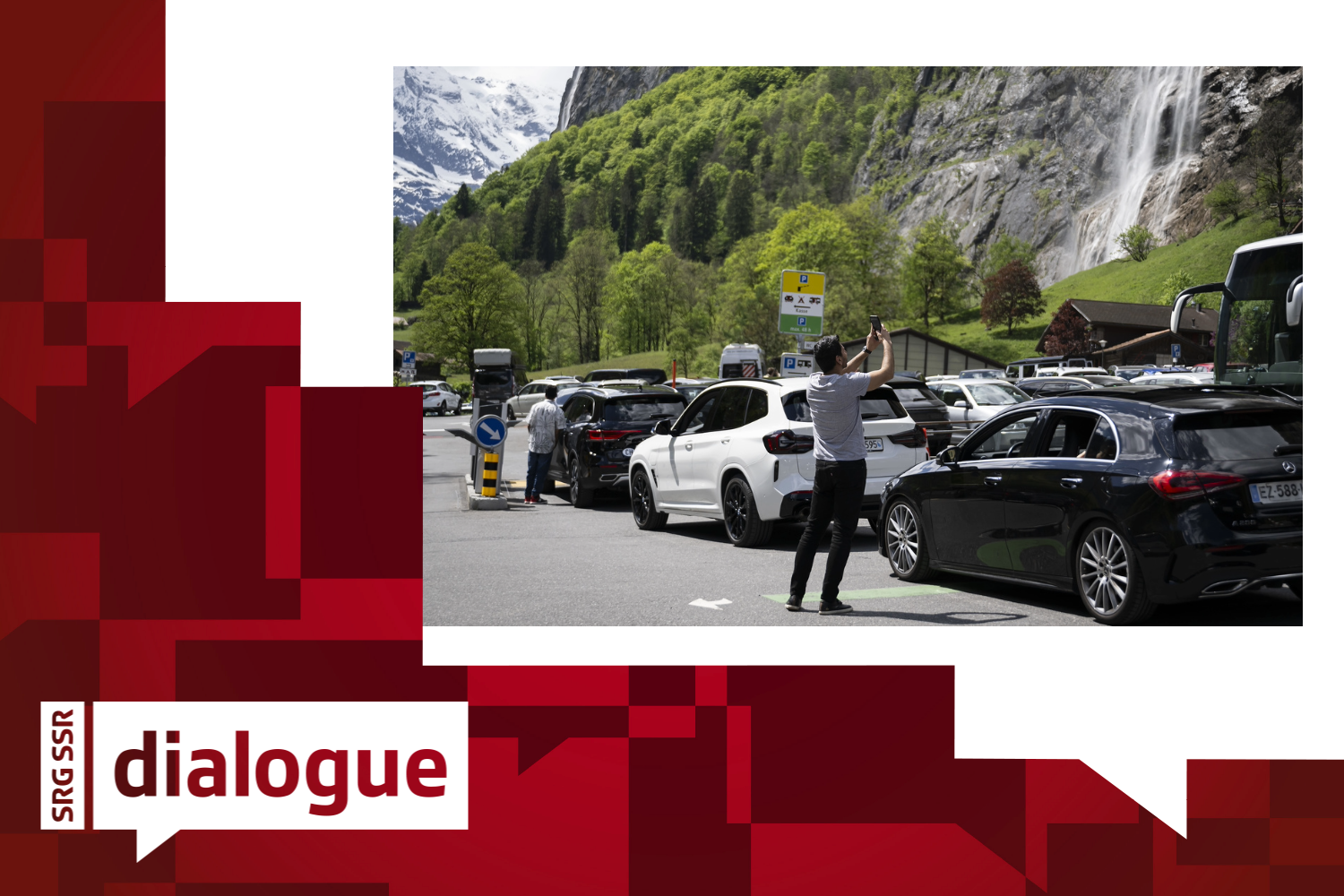
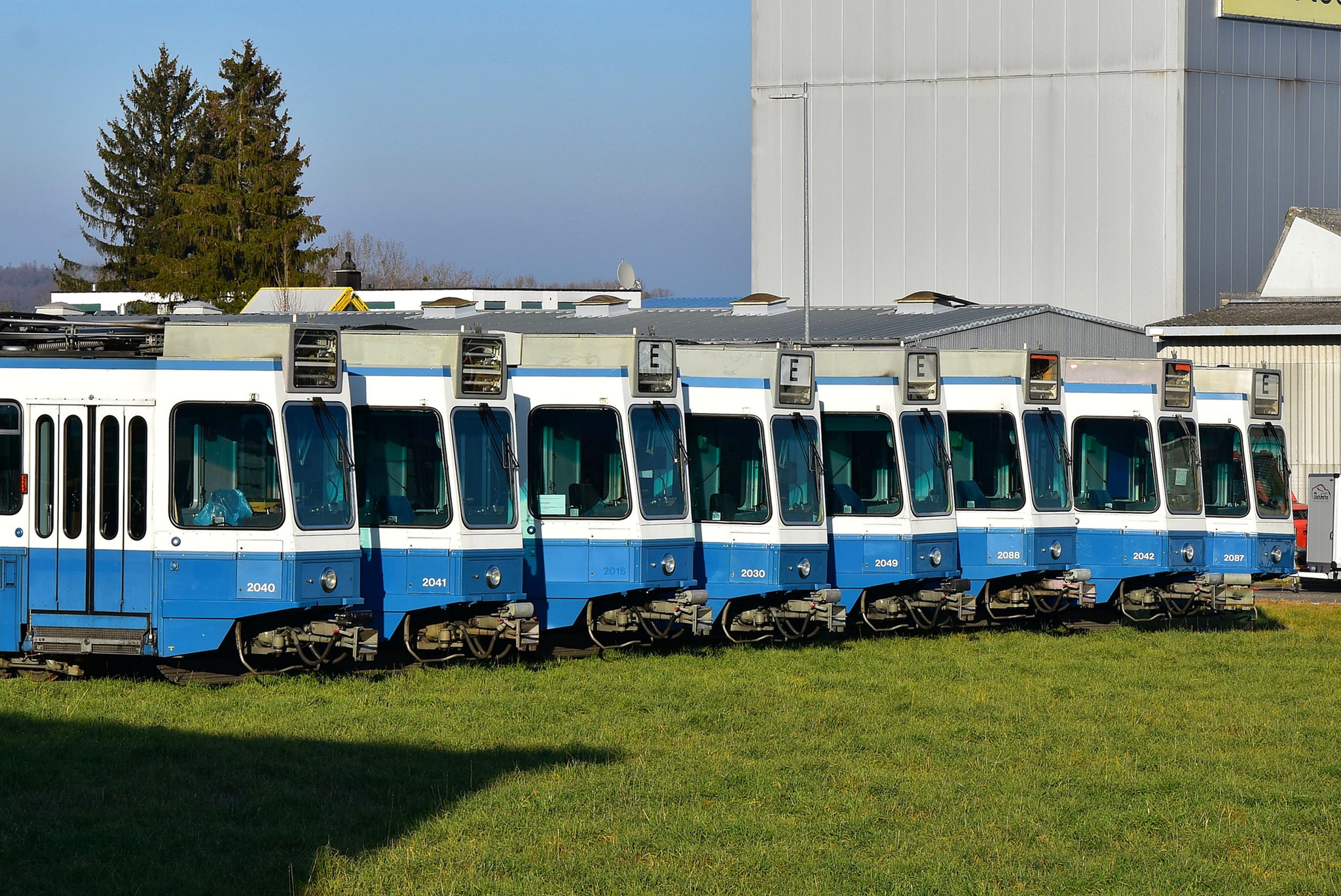
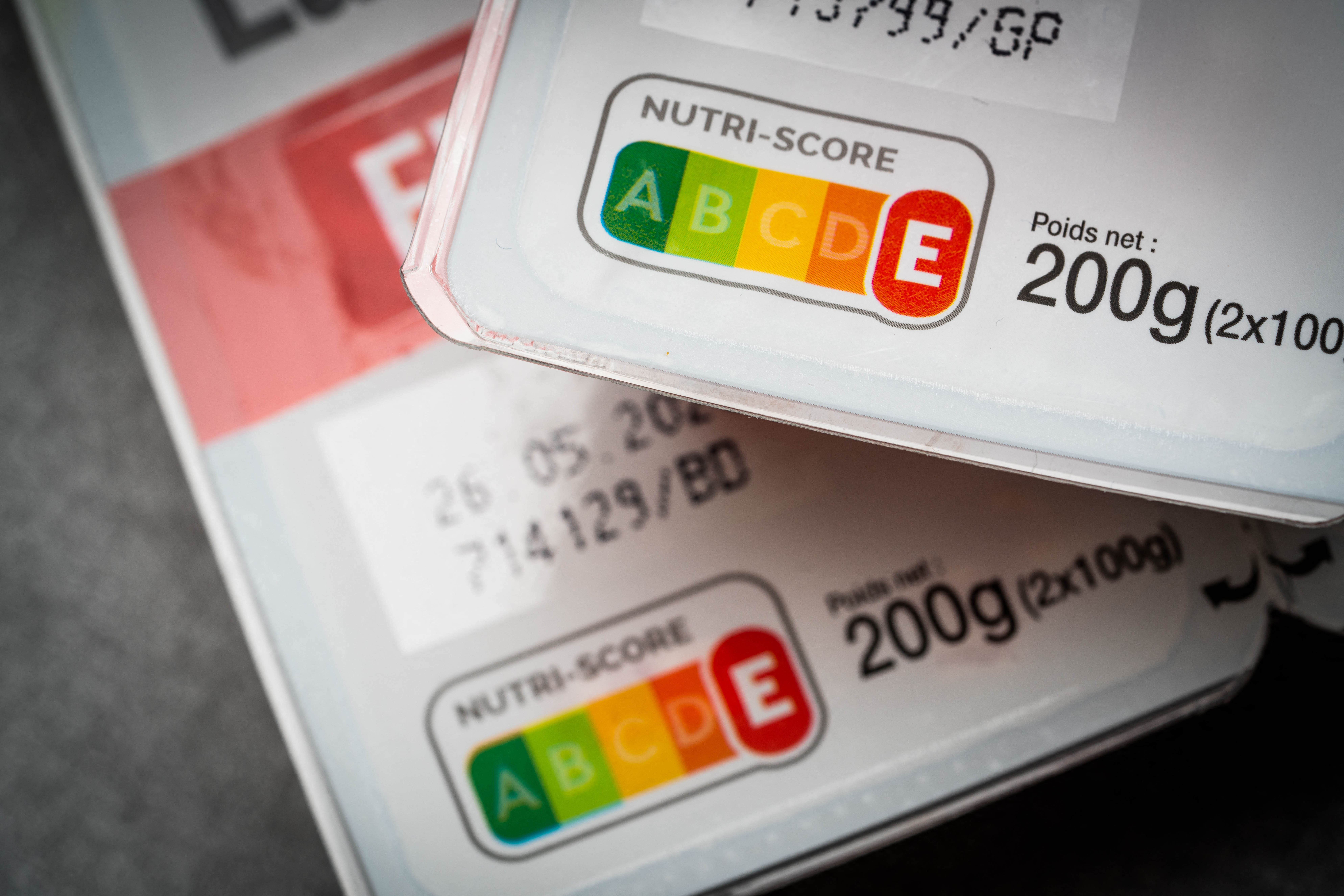



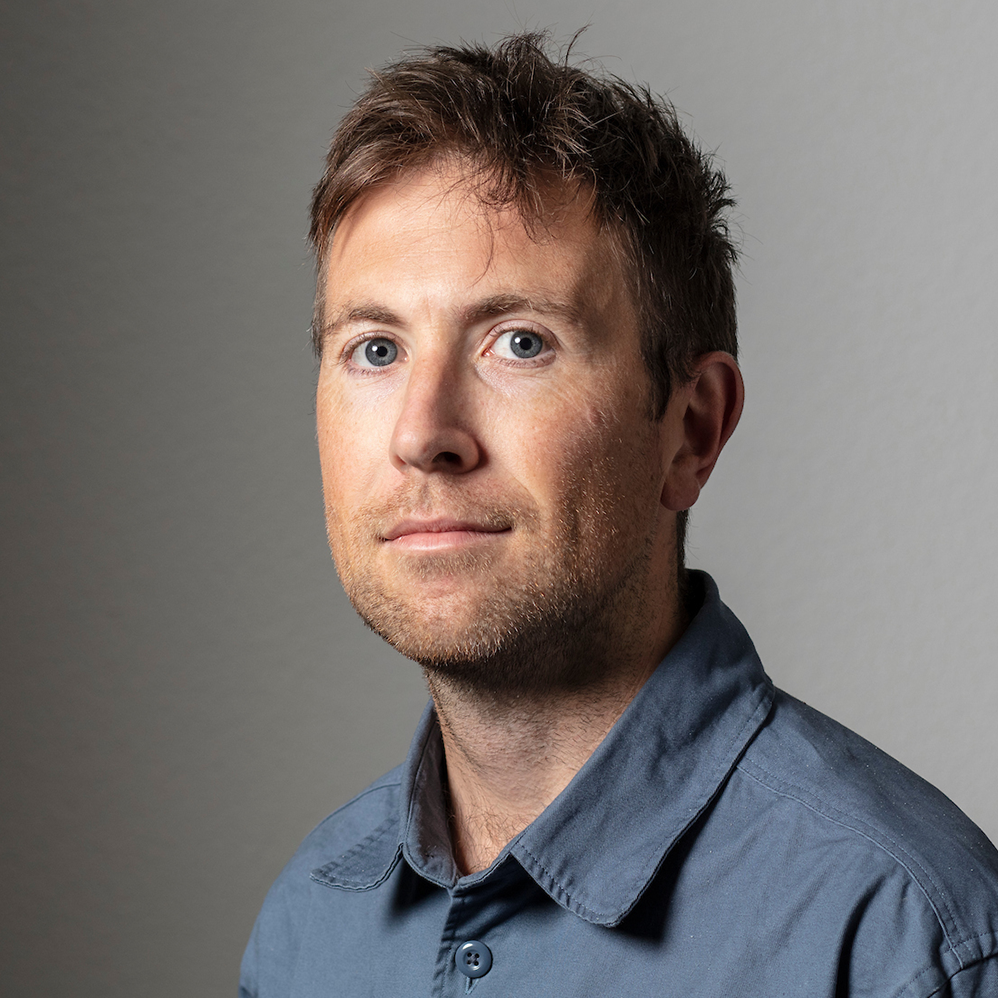
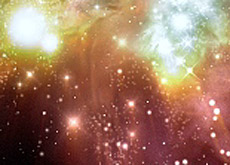
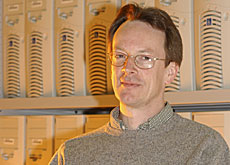
You can find an overview of ongoing debates with our journalists here . Please join us!
If you want to start a conversation about a topic raised in this article or want to report factual errors, email us at english@swissinfo.ch.